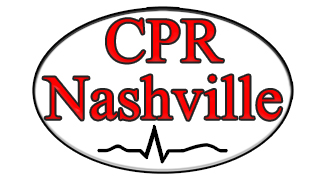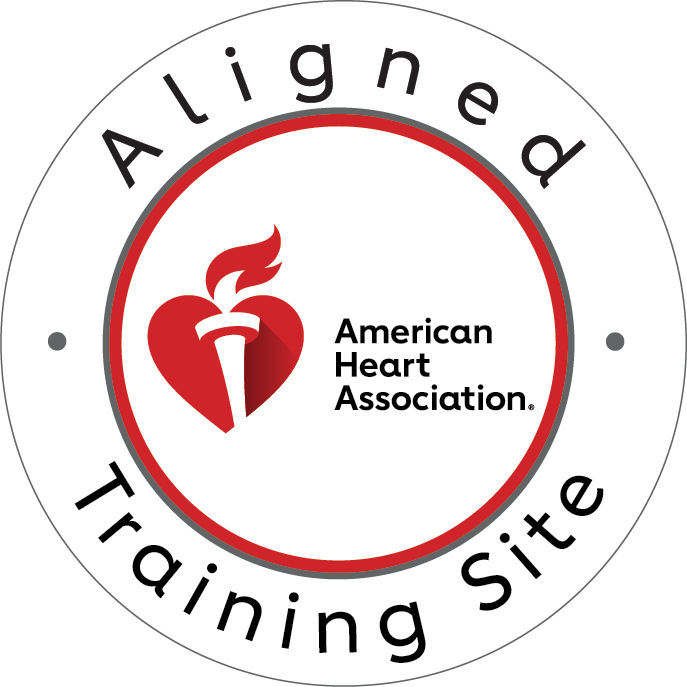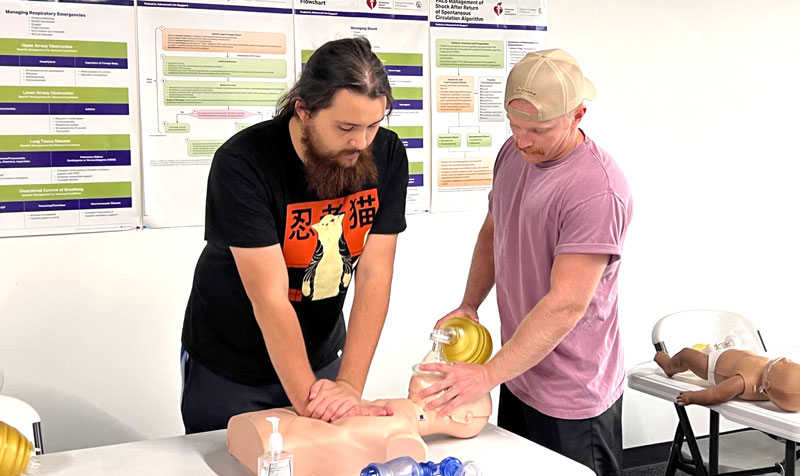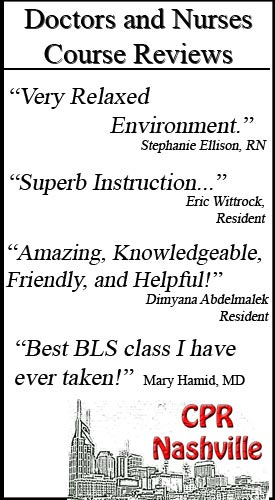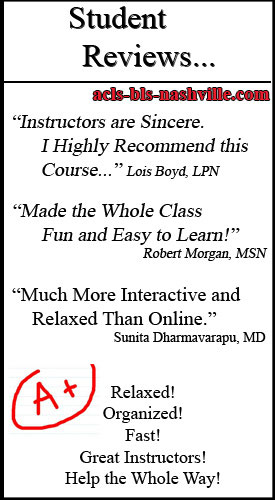Sudden cardiac arrest is a leading cause of death worldwide, striking without warning and often outside of hospital settings. In the United States alone, over 350,000 cases of out-of-hospital cardiac arrest occur each year. Survival often depends on how quickly and effectively bystanders respond. This is where CPR (Cardiopulmonary Resuscitation) and AED (Automated External Defibrillator) play a crucial role. These life-saving interventions can double or even triple the chances of survival when used promptly. In this guide, we’ll explore what CPR and AED are, how they work, how they differ, and why they’re most effective when used together. We’ll also cover essential training information to ensure you’re prepared to act in an emergency.
What is CPR?
Cardiopulmonary Resuscitation, commonly known as CPR, is a manual emergency technique designed to keep blood and oxygen flowing to the brain and vital organs when the heart stops beating. CPR dates back to the 1960s, and while the basics have remained the same—compressions and breaths—modern science has refined the approach significantly. At its core, CPR involves three key components: chest compressions to mimic heartbeats, airway management to ensure a clear breathing passage, and rescue breaths to supply oxygen. Current American Heart Association (AHA) guidelines emphasize the importance of high-quality chest compressions, recommending a rate of 100 to 120 compressions per minute at a depth of at least 2 inches in adults. In many cases, hands-only CPR (compression-only) is encouraged for untrained bystanders.
What is an AED?
While CPR helps maintain vital blood flow, it cannot restart a heart that has entered a life-threatening arrhythmia like ventricular fibrillation. That’s where the Automated External Defibrillator, or AED, becomes vital. An AED is a portable, user-friendly electronic device designed to detect abnormal heart rhythms and deliver a controlled electric shock to restore a normal heartbeat. These devices are increasingly common in public spaces such as airports, gyms, schools, and office buildings. There are two main types: public access AEDs designed for layperson use and more advanced medical-grade AEDs used by healthcare professionals. AEDs are often housed in easily recognizable wall-mounted boxes, frequently marked with symbols or signage for quick identification.
Key Differences Between AED and CPR
Understanding the key differences between AED and CPR is essential for effective emergency response. CPR is a manual technique focused on sustaining circulation, while an AED is a mechanical device aimed at correcting the heart’s rhythm. CPR buys time by pushing oxygenated blood through the body, but it cannot stop or fix the erratic electrical signals causing the arrest. The AED, on the other hand, doesn’t circulate blood but directly addresses the root cause of many cardiac arrests—abnormal electrical activity. Each has its limitations when used alone. CPR without defibrillation may not restart the heart, and using an AED without ongoing compressions may lead to insufficient circulation. Training for both methods is widely available and often combined in CPR/AED certification courses.
Using AED and CPR Together: The Integrated Approach
The most effective response strategy integrates both AED and CPR. Known as the Chain of Survival, this protocol includes early recognition and calling for help, early CPR, rapid defibrillation, advanced life support, and post-resuscitation care. CPR and AED complement each other: while CPR keeps the body functioning, the AED provides the critical shock that may restore the heart rhythm. When using both, the process begins with initiating CPR, attaching the AED as soon as it becomes available, and pausing compressions only when the AED instructs a rhythm analysis or delivers a shock. This coordinated approach dramatically increases the likelihood of survival, especially when executed within the first few minutes of cardiac arrest.
The Role of AED in CPR
AEDs not only support CPR but also significantly enhance its effectiveness. According to research, survival rates improve substantially when defibrillation is administered within the first three to five minutes of collapse. Modern AEDs also come equipped with features like voice prompts and visual cues, guiding rescuers through each step of the process. Some devices even provide real-time feedback on compression depth and rate, helping maintain the quality of CPR. Perhaps just as importantly, AEDs offer psychological reassurance. For many bystanders, fear of doing something wrong can cause hesitation. A clear, automated device offering step-by-step instructions gives people the confidence to act without delay.
Can You Use an AED Without CPR?
You might wonder whether using an AED alone is sufficient. In certain cases—such as a witnessed sudden collapse in a public place where an AED is immediately available—a shock may be delivered quickly enough to revive the victim before CPR is needed. However, these scenarios are rare. Without CPR, the brain and vital organs can begin to suffer damage within minutes. In unwitnessed cardiac arrests or when AED access is delayed, continuous high-quality CPR is essential to maintain oxygen flow until the AED can be applied. Combining both techniques offers the best chance of saving a life and minimizing long-term damage.
Training and Certification
Proper training is crucial for anyone who wants to be prepared to respond in emergencies. CPR and AED training programs are widely accessible and provide the skills needed to act confidently and effectively. At CPR Nashville, an American Heart Association-authorized training center, participants can enroll in comprehensive certification courses that cover everything from basic CPR techniques to AED usage and advanced airway management. Whether you’re a healthcare provider, a teacher, a parent, or simply a concerned citizen, these hands-on classes are designed to be engaging, informative, and stress-free. In addition to initial certification, refresher courses are strongly recommended every two years to keep skills sharp and aligned with the latest AHA guidelines.
Conclusion
In conclusion, both CPR and AED play a vital role in improving survival outcomes from sudden cardiac arrest. Understanding how these tools work individually and together can empower anyone to save a life in a critical moment. With public awareness and proper training, more people can become confident first responders rather than helpless bystanders. If you haven’t yet taken a CPR and AED certification course, now is the time to act. Your quick thinking and preparedness could make all the difference when seconds count.
CPR Nashville is proud to support the Nashville community as an American Heart Association training site. We offer a variety of certifications, including Basic Life Support (BLS) for Healthcare Providers, Advanced Cardiovascular Life Support (ACLS), Pediatric Advanced Life Support (PALS), CPR, and First Aid. Our instructors are dedicated to creating a supportive, hands-on learning environment that takes the stress out of training and focuses on practical, real-world skills. To learn more or register for a class, visit our website or contact our team today. Be ready to save a life—because you never know when it will matter most.

